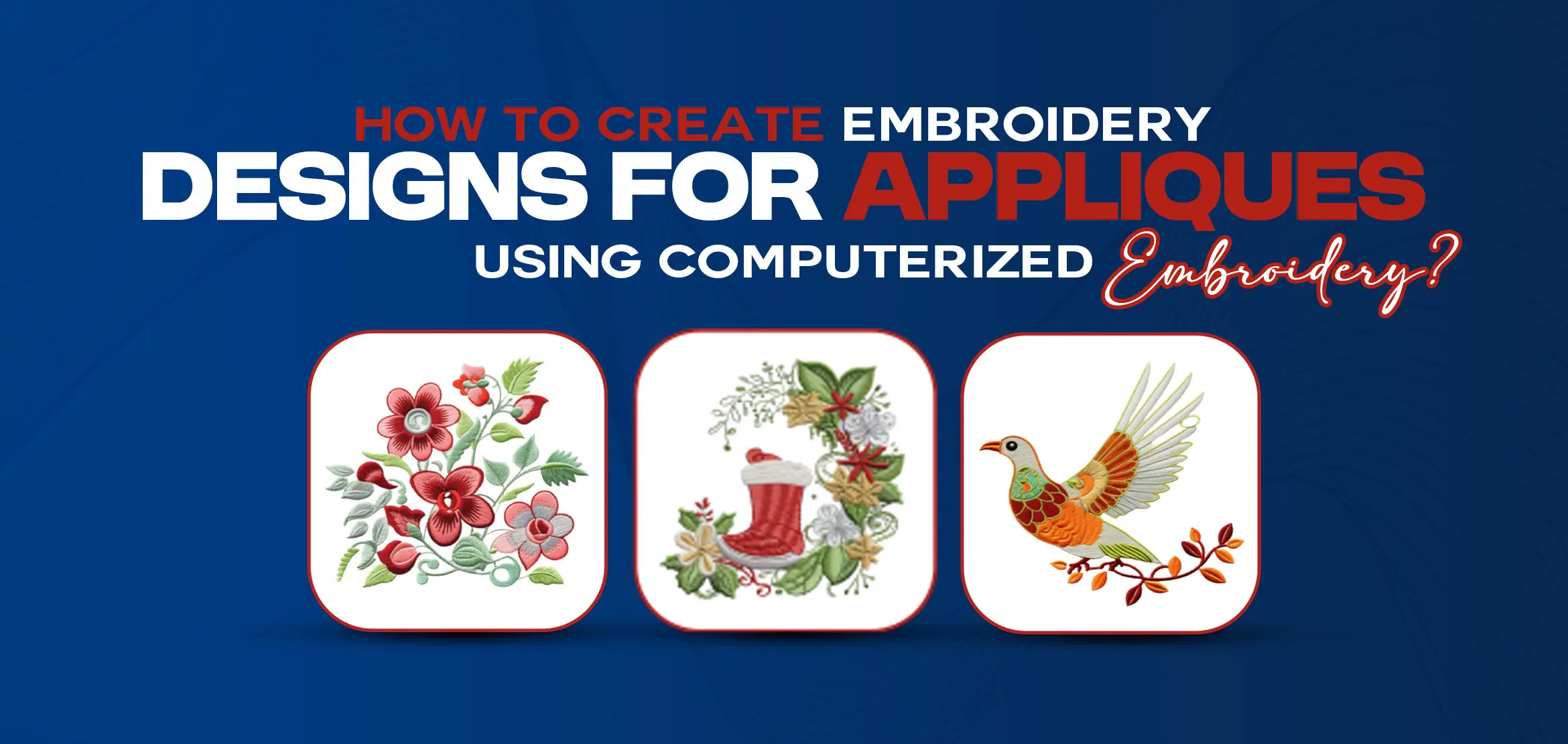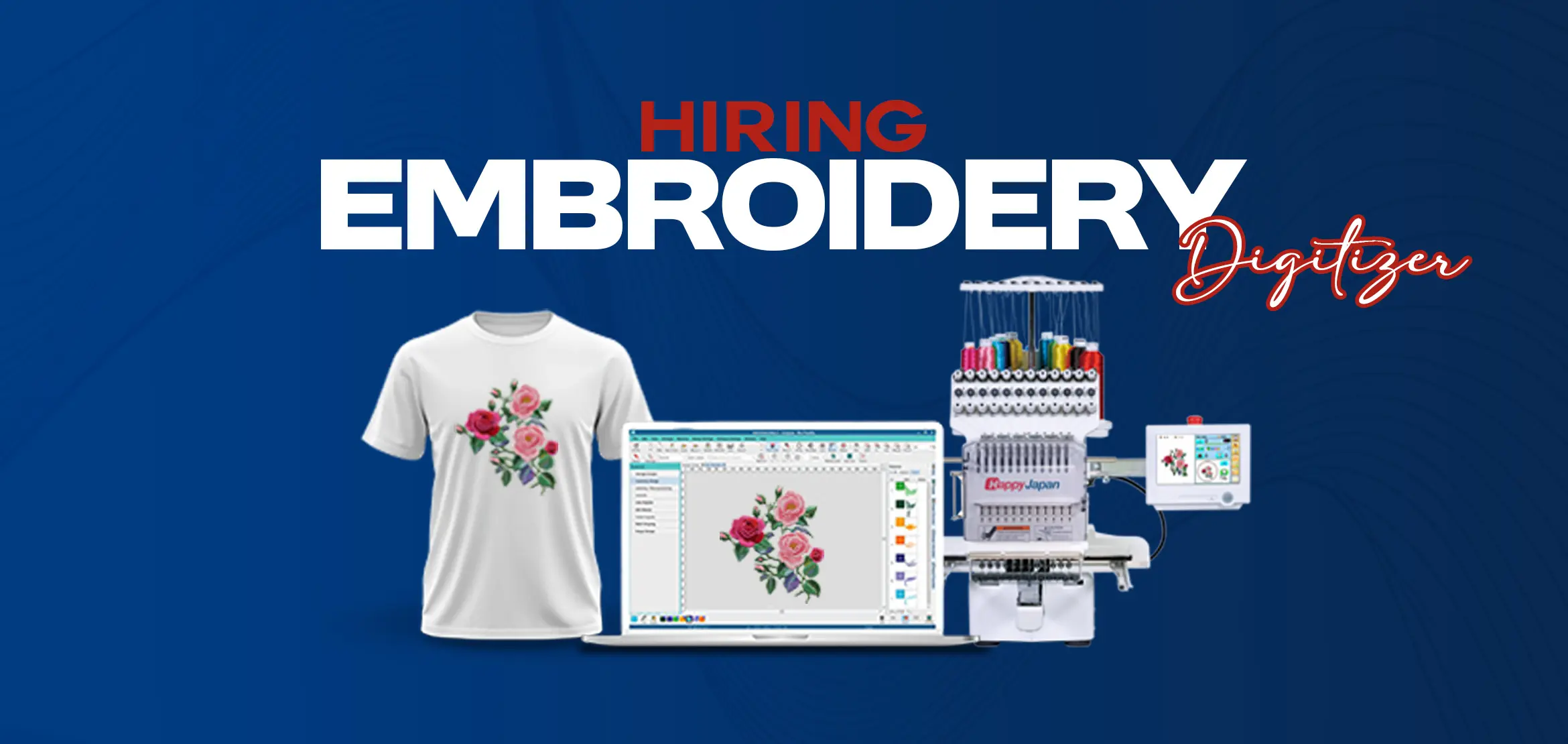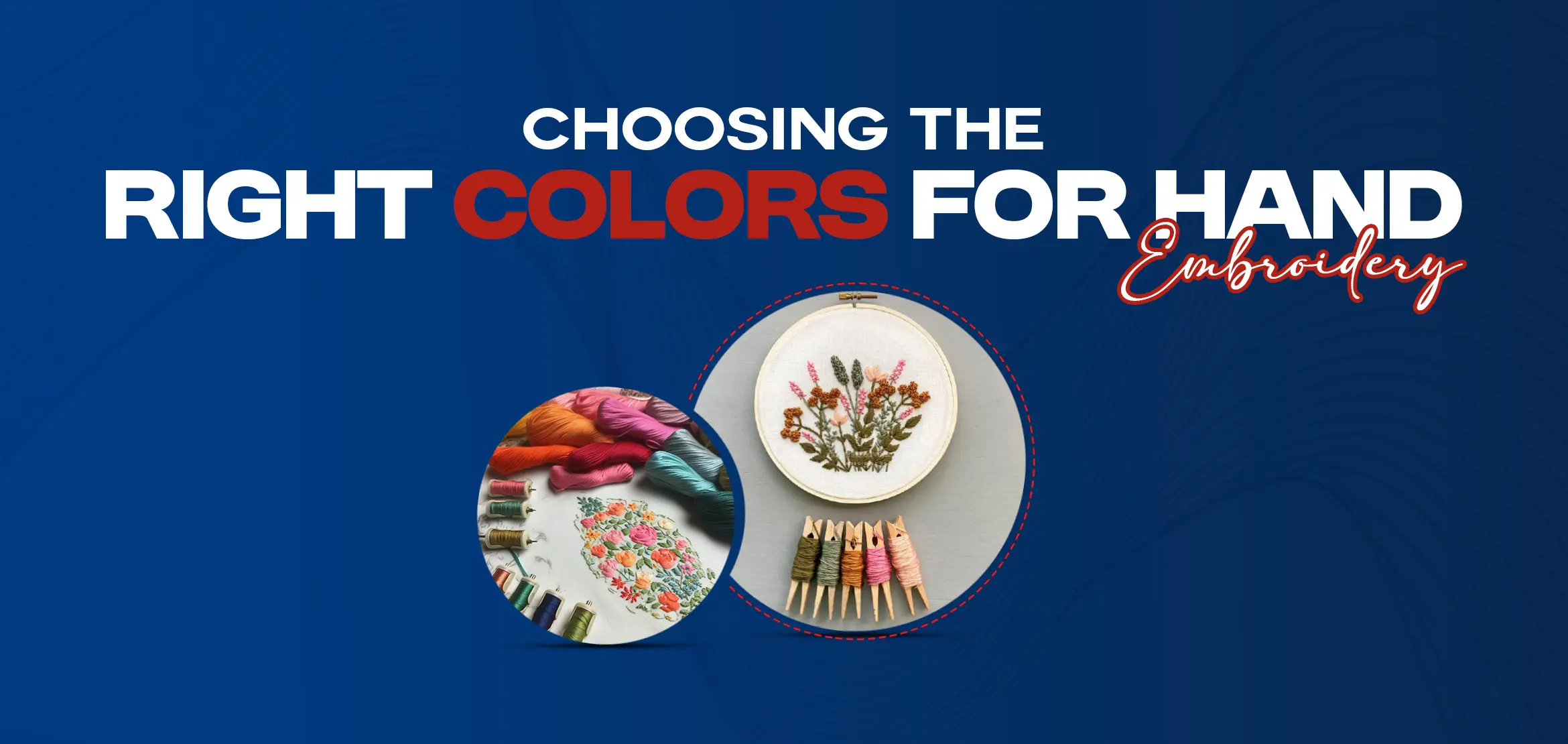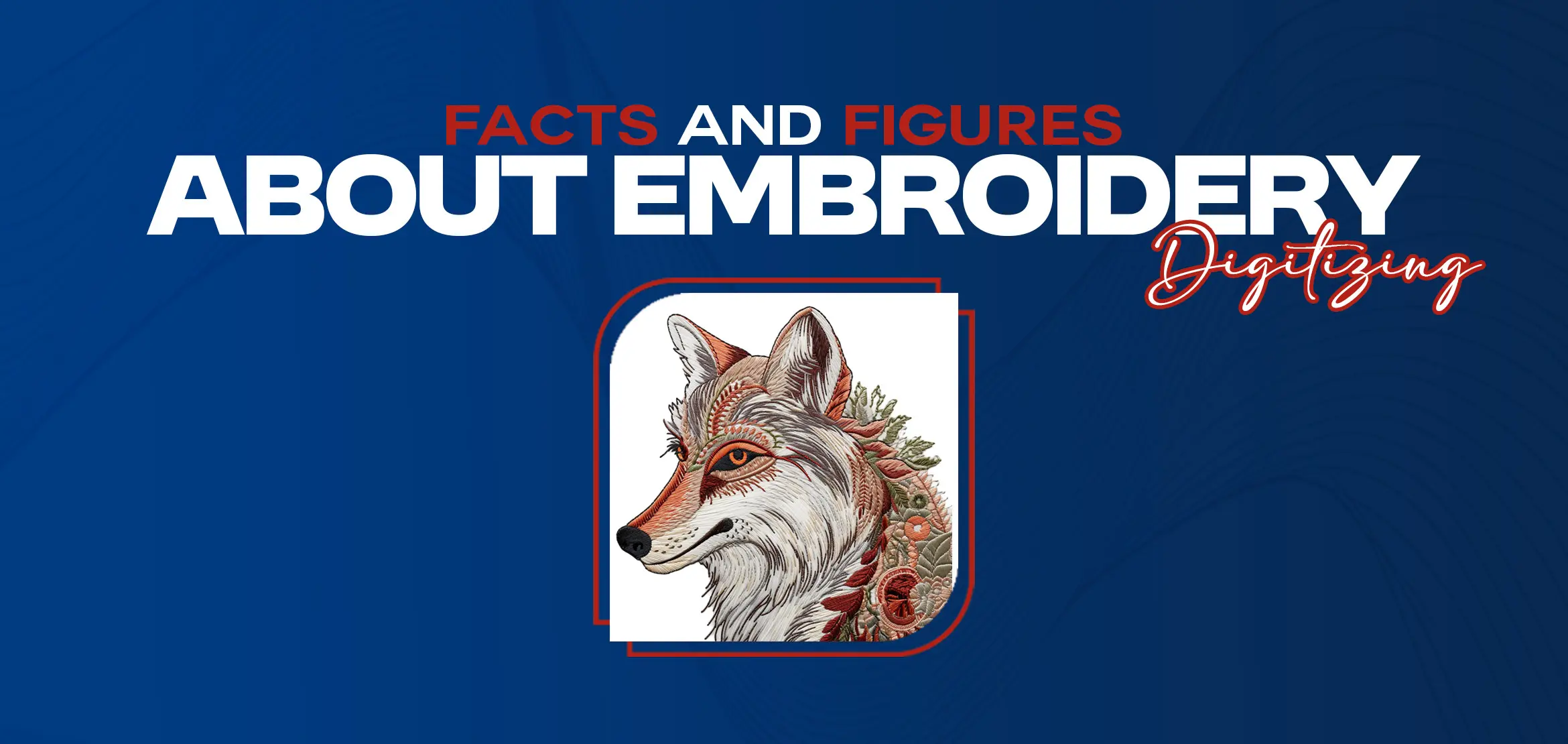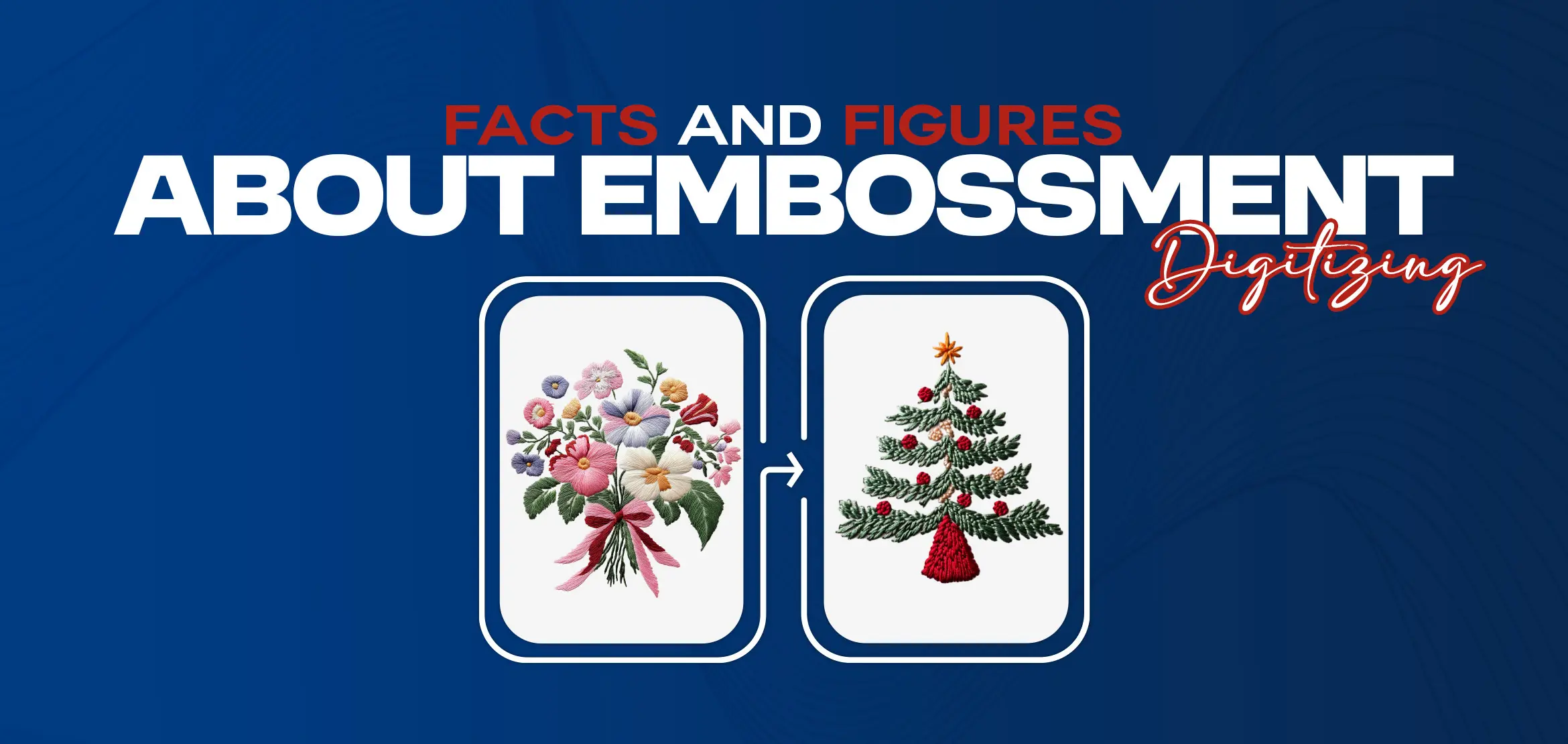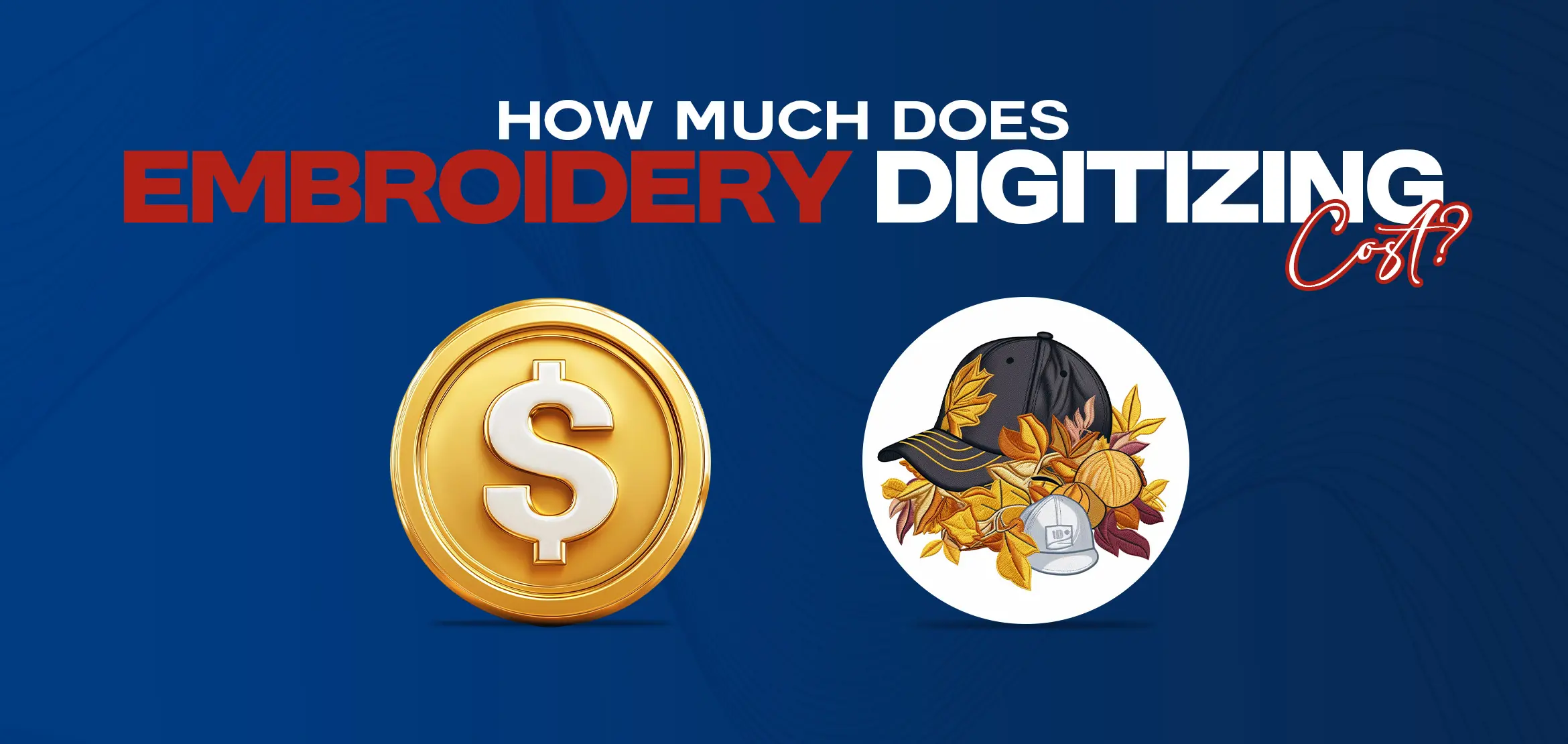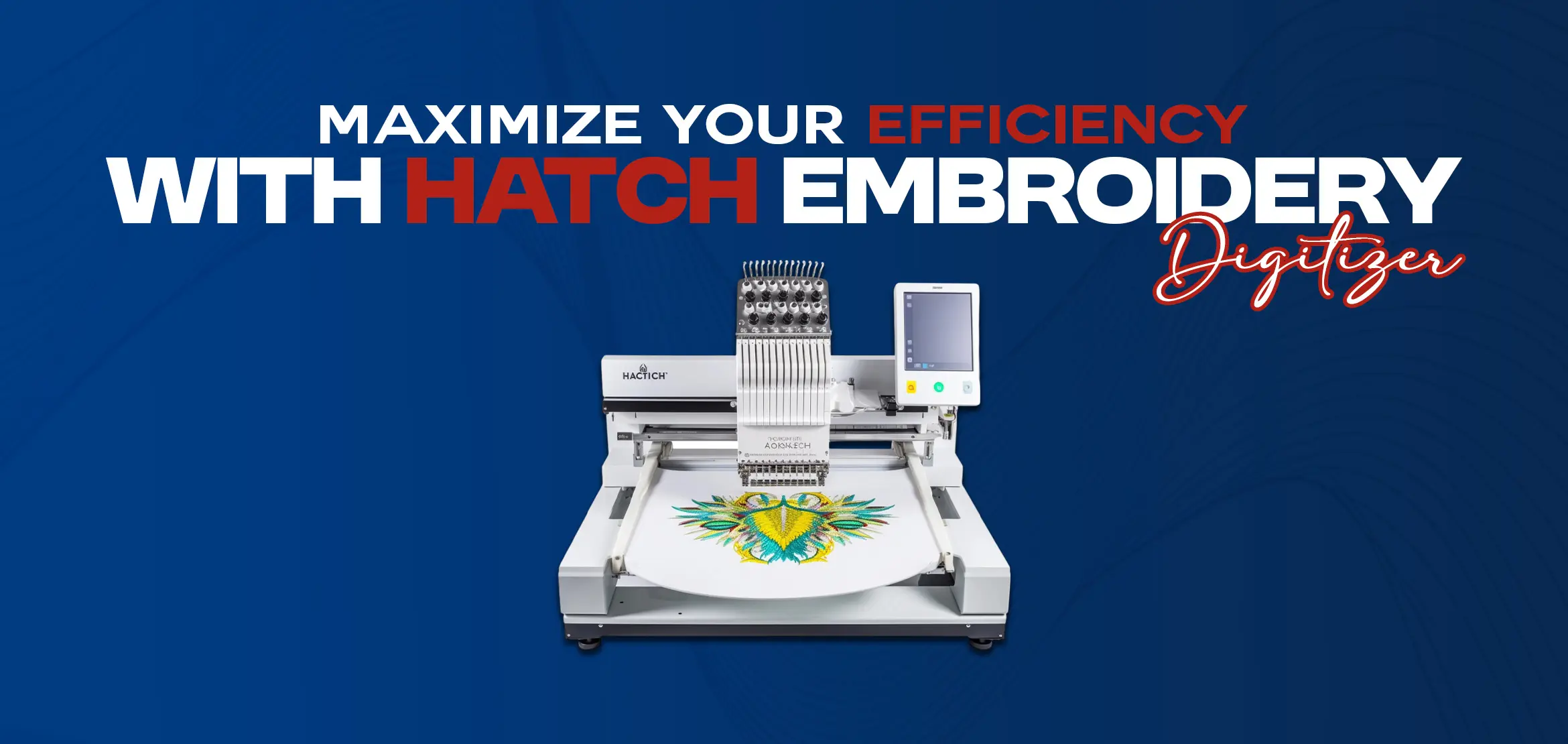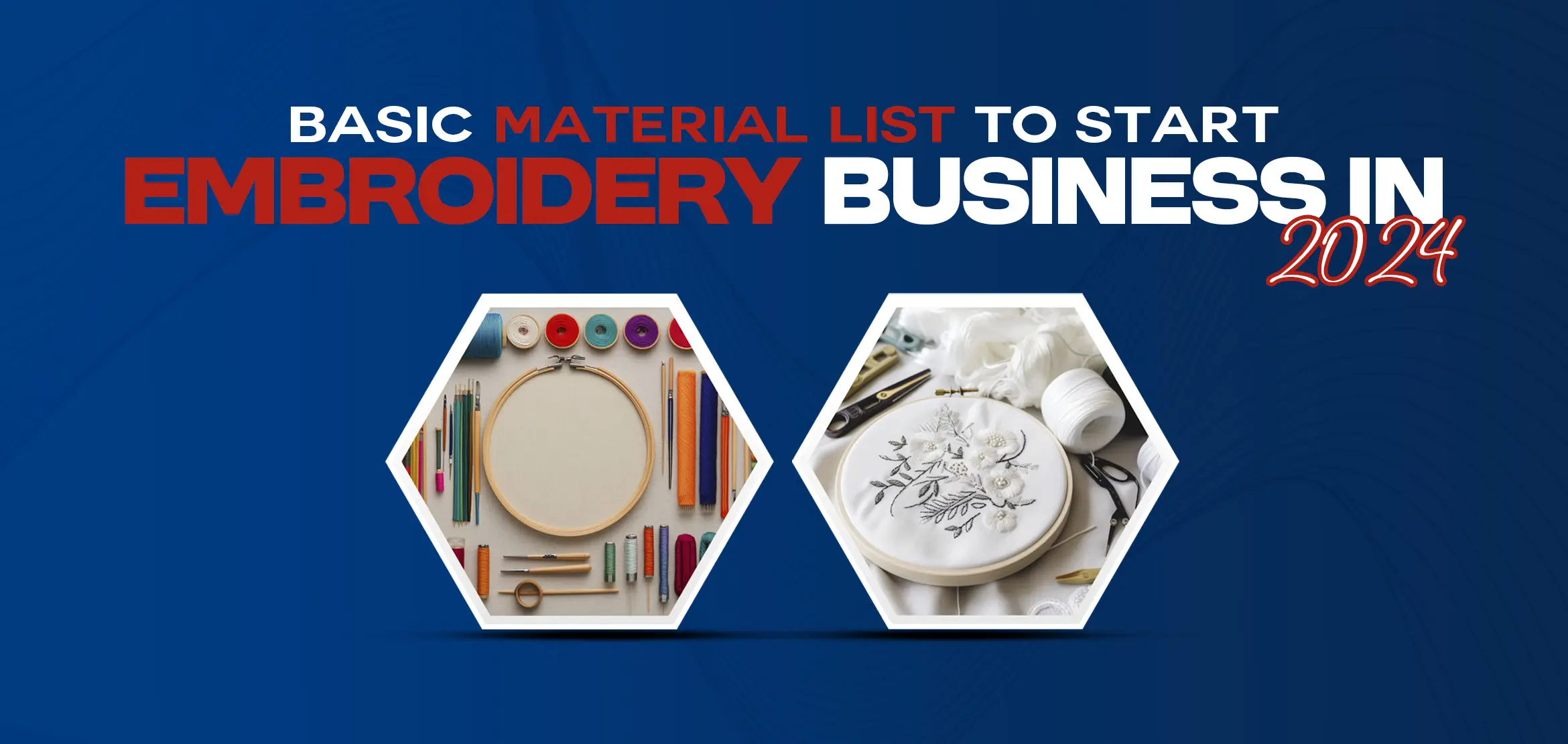
Basic Material List to Start Embroidery Business In 2024
Table Of Content
- 1. Embroidery Machine
- 2. Embroidery Threads
- 3. Stabilizers
- 4. Digitizing Software
- 5. Hoops
- 6. Needles
- 7. Scissors and Cutting Tools
- 8. Marking Tools
- 9. Bobbins and Bobbin Thread
- 10. Backing Materials
- 11. Embroidery Bobbin Winder
- 12. Embroidery Digitizing Tablet
- 13. Embroidery Placement Rulers and Guides
- 14. Thread Storage Solutions
- Conclusion
Embarking on an embroidery business in 2024 demands a strategic selection of vital materials and cutting-edge embroidery machines to ensure the seamless operation and triumph of your enterprise. In this comprehensive guide, we'll delve into the must-have materials essential for starting and expanding your embroidery business this year.
1. Embroidery Machine
The heartbeat of your embroidery business lies in the embroidery machine you choose. Opt for a high-quality machine that aligns with your specific requirements. Factors like the number of needles, hoop sizes, embroidery area, and built-in designs should guide your decision. Multi-needle machines enhance productivity and versatility, while single-needle machines are apt for smaller-scale operations.
2. Embroidery Threads
The thread is the lifeline of your creations. Select top-notch embroidery threads that boast vibrant colors and durability. Polyester threads, renowned for their strength and colorfastness, are widely used. Alternatively, rayon threads offer a lustrous appearance. A diverse range of thread colors should be on hand to meet the diverse demands of your designs.
3. Stabilizers
Stabilizers play a pivotal role in providing support and stability during the embroidery process. They thwart fabric distortion, ensuring precise and clean stitching. Choose stabilizers based on fabric type and design complexity. Cut-away stabilizers suit stable fabrics, tear-away stabilizers are ideal for lighter materials, and water-soluble stabilizers work wonders with delicate or sheer fabrics.
4. Digitizing Software
Transforming designs into embroidery files necessitates digitizing software. This essential tool facilitates design customization, stitch density adjustments, and intricate detailing. Ensure compatibility with your embroidery machine and choose software that aligns with your creative vision.
5. Hoops
Embroidery hoops keep fabric taut during the stitching process, guaranteeing precision. Invest in various hoop sizes to accommodate different design dimensions. Adjustable or magnetic hoops add convenience and flexibility to reposition fabric effortlessly.
6. Needles
Selecting the right needles is paramount for optimal embroidery results. Various sizes and types cater to different fabrics. Employ sharp needles for tightly woven fabrics and ballpoint needles for knits. Regular needle replacement is crucial to maintain stitch quality.
7. Scissors and Cutting Tools
A quality pair of embroidery scissors is indispensable for thread trimming and excess stabilizer removal. Consider additional cutting tools like rotary cutters and fabric shears for efficient fabric cutting, streamlining your workflow.
8. Marking Tools
Fabric pens, chalk, or water-soluble markers are essential for transferring or outlining designs on fabric. Choose non-permanent and easily visible marking tools to accurately position and align your embroidery designs.
9. Bobbins and Bobbin Thread
Bobbins hold the bottom thread and are integral for balanced stitches. Use specific bobbins for your machine model and opt for bobbin thread designed for embroidery.
10. Backing Materials
Backing materials, such as cut-away or tear-away stabilizers, offer support and prevent distortion during embroidery digitizing. A variety of backing materials in different weights and sizes accommodate various fabric types and design complexities.
11. Embroidery Bobbin Winder
An embroidery bobbin winder ensures quick and efficient winding, maintaining consistent tension and preventing thread-related issues.
12. Embroidery Digitizing Tablet
For those inclined to create designs by hand, an embroidery digitizing tablet enables direct drawing on the screen for easy transfer to embroidery software.
13. Embroidery Placement Rulers and Guides
These tools assist in precisely positioning designs on various garment types, ensuring accuracy.
14. Thread Storage Solutions
Invest in thread storage solutions to organize and protect your growing thread collection, maintaining an orderly workspace.
Conclusion
For professional digitizing services, consider trusted providers like DigitizingUSA. With over 20 years of experience, we offer high-quality custom digitizing embroidery services at reasonable prices. Avail a 50% discount on all embroidery services and propel your embroidery business to new heights with expert digitizing.
FAQs (Frequently Asked Questions)
Q1. What Materials Do I Need To Start Embroidering?
To start embroidering, you'll need an embroidery machine, high-quality threads, stabilizers, digitizing software, various hoop sizes, needles, embroidery scissors, marking tools, bobbins, backing materials, an embroidery bobbin winder, and optional tools like an embroidery digitizing tablet and placement rulers.
Q2. How Do I Start My Own Embroidery Business?
To start your own embroidery business, secure essential materials including a quality embroidery machine, build a diverse thread collection, invest in digitizing software, and ensure you have necessary accessories like stabilizers, hoops, and needles. Develop a business plan, set up an online presence, and offer services such as digitizing or embroidery on custom products.
Q3. What Is The Best Material To Machine Embroidery?
Polyester threads are commonly used for machine embroidery due to their strength, colorfastness, and availability in vibrant shades. For fabrics, stabilizers like cut-away or tear-away provide support. The choice of materials ultimately depends on the specific project and desired outcome.
Q4. What Are The Six Basic Kinds Of Embroidery?
The six basic kinds of embroidery include:
1. Cross-Stitch Embroidery: Stitching crosses to create intricate patterns.
2. Crewel Embroidery: Using wool threads on a plain weave fabric.
3. Canvaswork Embroidery: Stitching on canvas fabric using a variety of stitches.
4. Blackwork Embroidery: Typically done with black silk thread on white fabric, creating geometric patterns.
5. Whitework Embroidery: Involves stitching with white thread on white fabric, emphasizing texture and patterns.
6. Candlewicking Embroidery: Traditionally done with white thread on a natural cotton fabric, featuring a white-on-white design.
